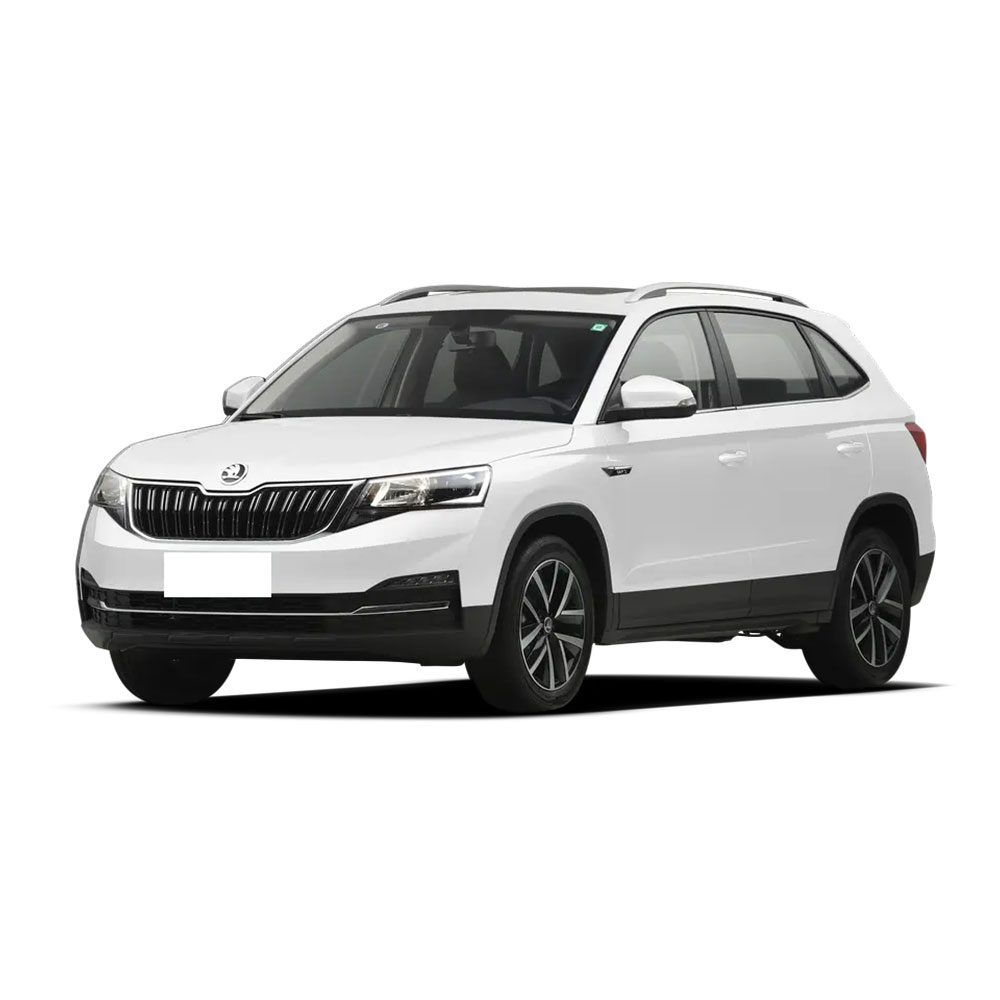Electric Car Battery Lifespan: How Long Do They Really Last?
Electric Car Battery Lifespan: How Long Do They Really Last?
As the global adoption of electric cars continues to rise, battery lifespan has become one of the most pressing concerns for consumers. In fact, if a battery requires replacement after only a short period of use, it would significantly increase the overall cost of ownership. So, what is the real situation regarding electric car battery life? Now, let’s delve deeper into this topic with Ahcarsale!
1. Factors Influencing electric car Battery Life
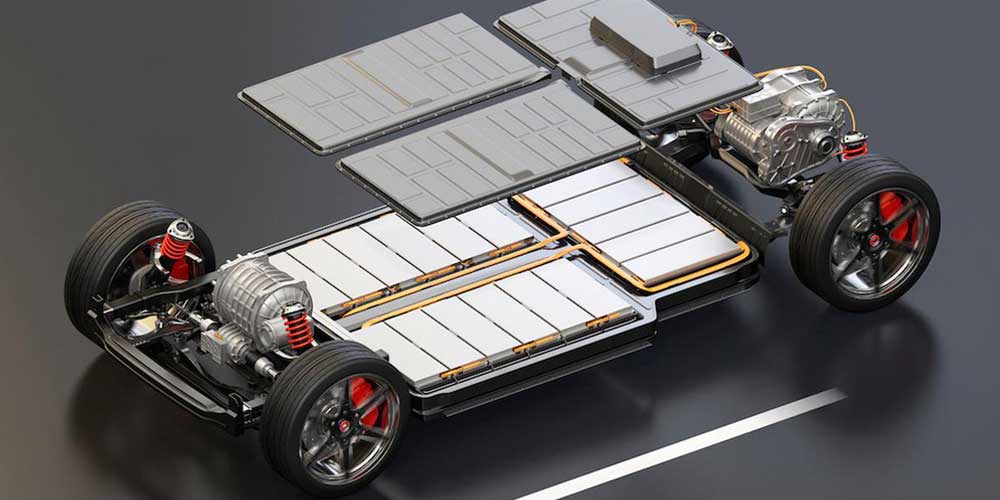
1.1 Chemical Composition Determines Theoretical Limits
| Battery Type | Cycle Life | Theoretical Mileage Limit | Annual Degradation Rate | Applicable Models |
| LFP (Lithium Iron Phosphate) | 2,000 – 3,000 cycles | 600,000 – 1,000,000 km | 1.5% – 2% | BYD Blade Battery Models |
| NCM/NCA (Ternary Lithium) | 1,000 – 1,500 cycles | 320,000 – 480,000 km | 2.5% – 4% | Tesla / NIO / BMW i-Series |
| Solid-State (Experimental) | 5,000+ cycles | 1,500,000+ km | <1% | Toyota 2027 Mass-Production Models |
Additionally, the end-of-life standard is defined as capacity degradation to 70% – 80% of initial value. It is worth noting that the Chinese mandatory standard requires ≥80% after 1,000 cycles.
1.2 Impact of Usage Habits on Battery Life
Regarding charging habits:
- Fast charging >3 times/week → Lifespan ↓30%
- Similarly, long-term charging >90% → Lifespan ↓25%
When it comes to driving behavior:
- Deep discharge <10% → Lifespan ↓35%
- Furthermore, frequent rapid acceleration → Electrode damage ↑40%
2. Global Real-World Test of EV Batteries Over 300,000 km
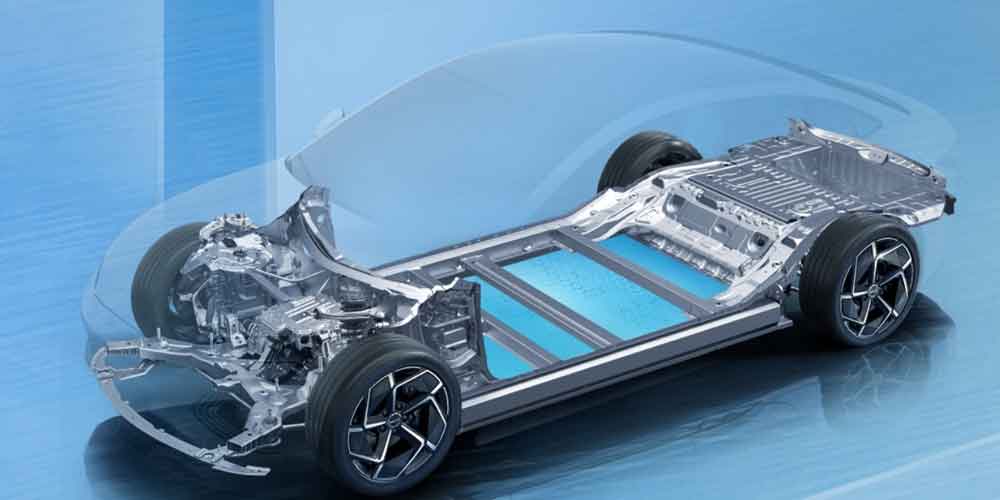
According to the mainstream models degradation ranking (2025 data):
| Model | Test Mileage | Capacity Retention | Equivalent Remaining Lifespan | Key Findings |
| Tesla Model Y | 320,000 km | 90% | 16+ years | Battery thermal management reduces heat degradation by 60% |
| NIO EC6 | 180,000 km | 88% | 12 years | Battery swap mode avoids deep cycling |
| BYD Han EV | 250,000 km | 85% | 10 years | Blade structure suppresses lithium dendrite growth |
| A European Brand (Anonymous) | 100,000 km | 76% | 5 years | Lack of battery preheating causes lithium plating in low temperatures |
Surprisingly, 40% of battery life variation stems from BMS (Battery Management System) algorithms, not the battery cells themselves.
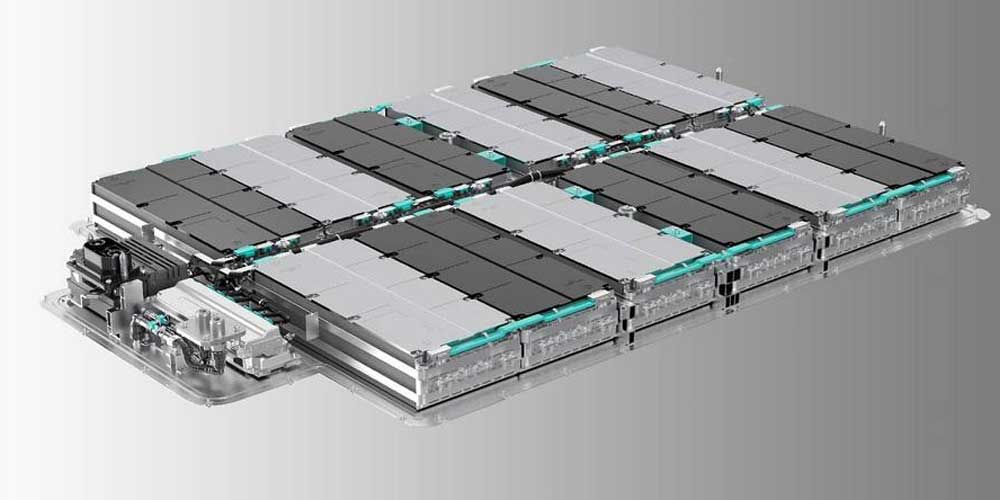
3. Methods to Extend electric car Battery Life
3.1 Charging Strategy
Scientifically speaking, ternary lithium batteries cycled between 20% – 80% have 2.3 times longer lifespan compared to 0% – 100% cycling.
Practical tips include:
- For home charging: Set charging limit to 80% (90% for LFP batteries).
- In case of emergency fast charging: Let the battery rest for 30 minutes after fast charging before driving.
3.2 Temperature Management
| Climate Type | Threat Mechanism | Protection Measure |
| High Temp >35°C | Accelerated electrolyte decomposition | Delay charging for 2 hours after parking to allow battery cooling |
| Low Temp < -10°C | Lithium plating causing short circuits | Preheat by plugging in for 10 minutes before initiating charging |
| High Humidity | Battery cell corrosion | Monthly inspection of battery pack sealing strips |
3.3 Energy Recovery
Moreover, using strong regeneration mode reduces brake wear by 90% and minimizes high-current discharge cycles.
According to data support: Tesla user tests show that high regeneration mode users experience 1.2% less annual battery degradation.
4. EV Battery Warranty Pitfalls and Replacement Costs Decoded
Regarding hidden clauses in manufacturer warranties:
| Brand | Official Warranty | Hidden Clauses | Out-of-Pocket Replacement Cost |
| Tesla | 8 years or 190,000 km | Covers only cells, excludes BMS faults | ¥100,000 – 150,000 |
| BYD | Lifetime (first owner) | Void if annual mileage exceeds 30,000 km | ¥80,000 – 120,000 |
| Mercedes EQ | 10 years / 250,000 km | Requires full dealership maintenance | ¥180,000+ |
Importantly, degradation tests must be conducted in a 25°C constant-temperature environment. However, some manufacturers may use high-temperature conditions to create an illusion of accelerated degradation.
5. Future Technologies to Extend EV Battery Life
5.1 Solid-State Battery Revolution
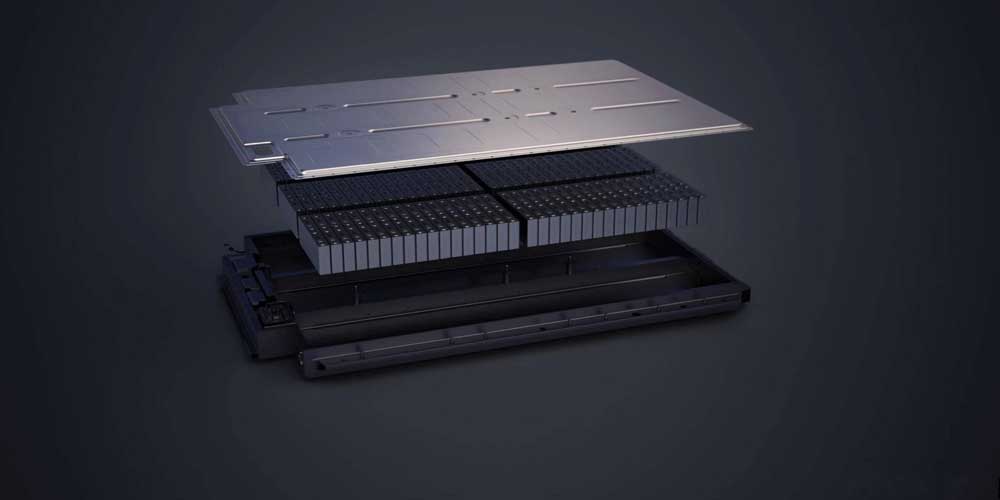
According to Toyota test data: 91% capacity retention after 5,000 cycles, enabling “one battery for three generations of cars.”
On the technical side, sulfide electrolyte mass production yield is only 37% (2025 data).
5.2 Second-Life Applications
When the on-board batteries degrade to 70%, they can be repurposed for energy storage systems (e.g., solar storage) for another 10 years of service. Finally, 95% of lithium, cobalt, and nickel can be recycled.
For example, CATL practice involves retired batteries assembled into a 2MWh storage station, reducing electricity cost by 64%.
6. Choosing the Right EV Battery Type
| User Profile | Recommended Solution | Expected Lifespan |
| Annual mileage < 20,000 km | LFP battery + slow charging | 12 – 15 years |
| Ride-hailing / high usage | Battery-swap models (e.g., NIO) + monthly battery health checks | 8 years + 1,000,000 km |
| Performance enthusiasts | Ternary lithium + 8-year warranty + limited fast charging | 10 years |
Action Checklist:
- First, use an OBD2 scanner to read actual capacity quarterly in the first year (error <3%).
- Next, replace with low-viscosity coolant before winter in high-latitude regions.
- Lastly, avoid using super-fast charging when battery level is <10%.

